
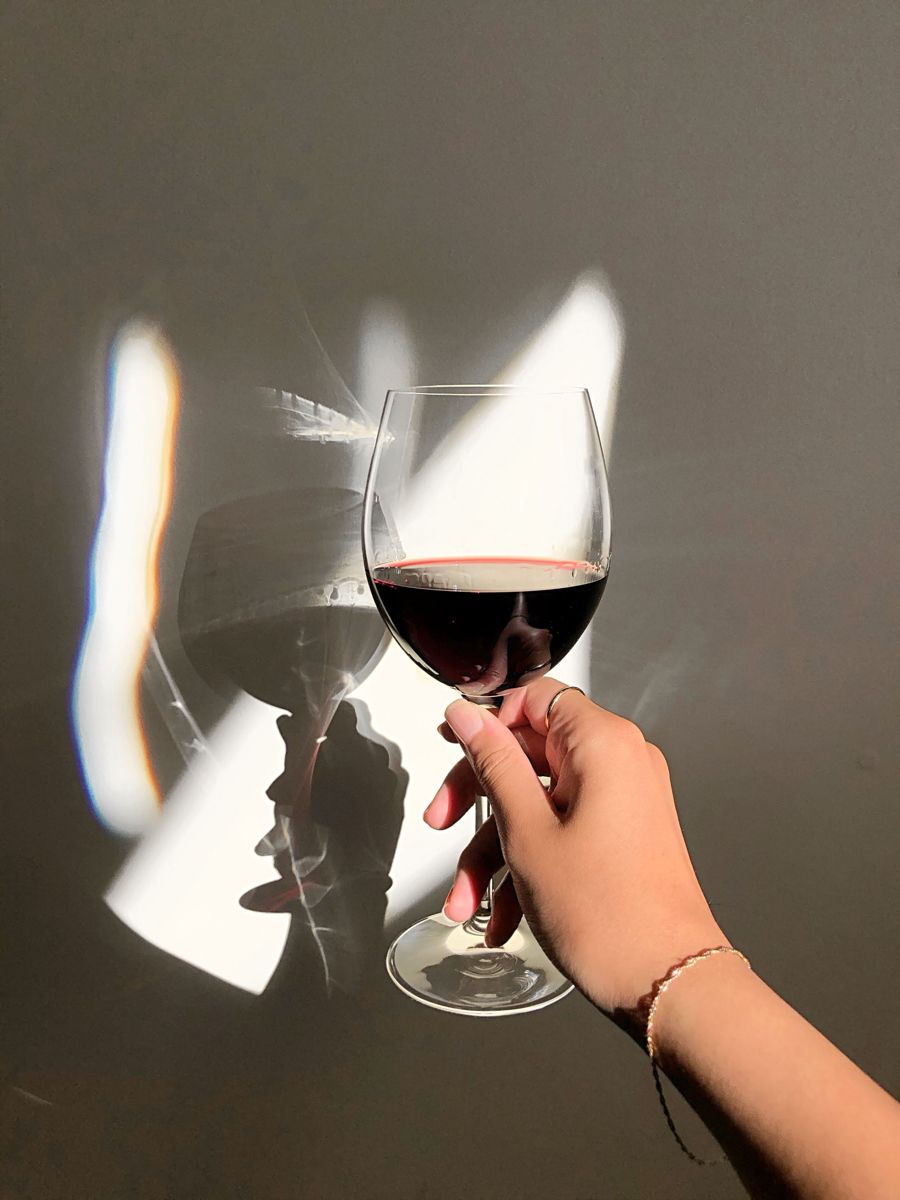
France is a country that loves alcohol. As a country representing wine, French people enjoy having wine during mealtimes as an accompaniment to a meal, which is very natural for them. In particular, when eating at a restaurant, it is common that the server to recommend a wine that pairs well with the food ordered. Like this, wine is always together with food in France. So when you visit France, you may want to enjoy French gourmet food with great wine, but if you hesitate because you do not know about French drinking culture and much about wine. For you, therefore, this article explains the drinking culture of France and wine tasting.
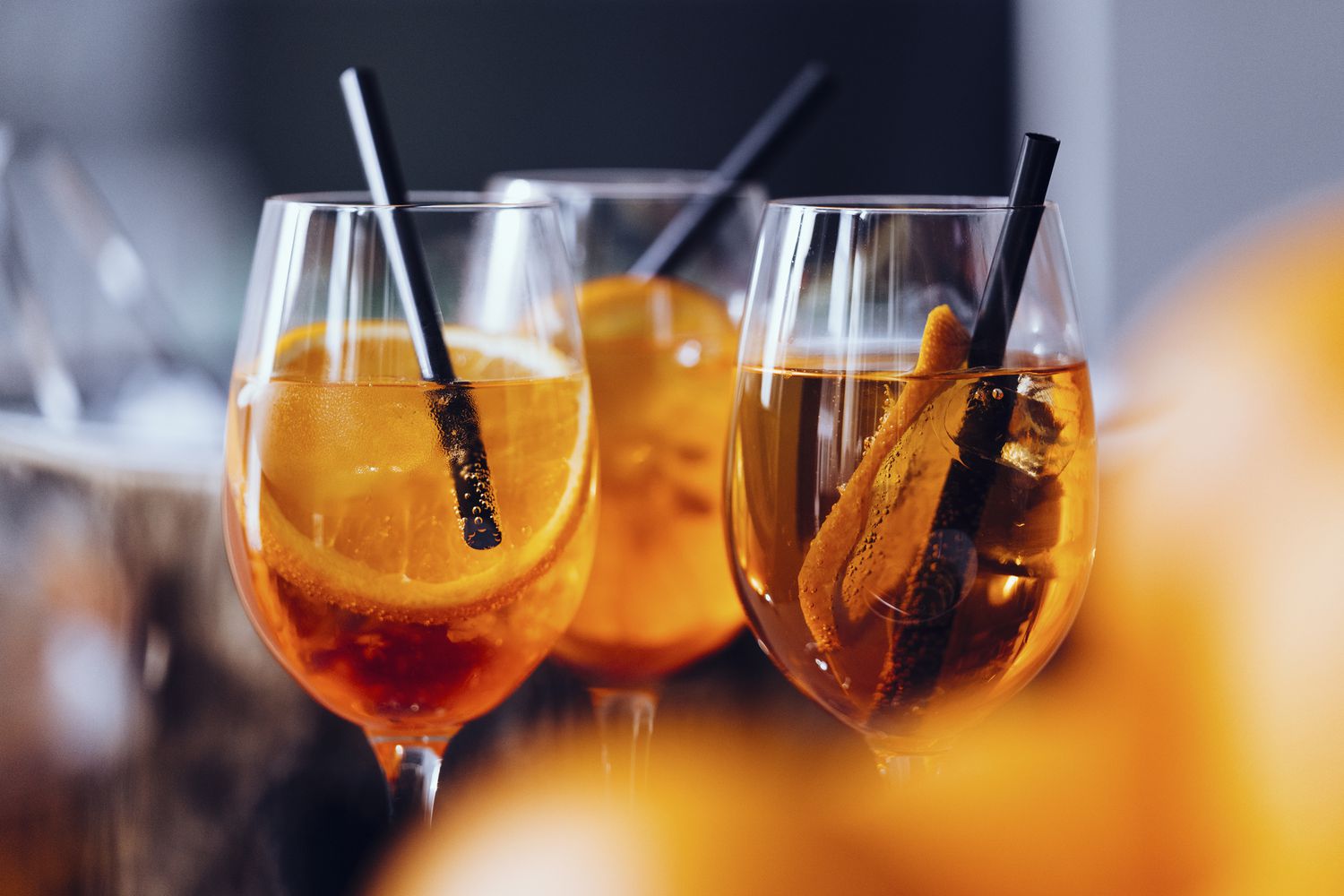
First of all, let's talk about the drinking culture of France. Many countries in Europe, as well as France, have a culture of ‘pre-dinner drinks’. In France, it is called "Apéritif", which is the same as Italy’s "Aperitivo". Apéritif, casually referred to as “Apéro,” is the alcoholic drink usually served during the happy hour after work, to stimulate the appetite before a proper meal. It also can be with some finger food. Since dinner time is quite late in Europe, around 8-10 p.m., Apéritif is time to deal with hunger and relieve the fatigue of the day before dinner. Typical alcohols for Apéritif are Kir(a cocktail made with a measure of blackcurrant liqueur topped up with white wine), Lillet, Pastis, Suze, Picon-Bière, and Champagne. With these drinks, people usually have some saucisson, cheese plates, small snacks such as peanuts, olives, chips, or simple cicchetti that goes well with drinks. After dinner, there is also a post-dinner drink called "Digestif," which is to finish a long dinner and helps digestion. It is usually strong alcohol having more than 35 percent proof, such as Cognac, Armagnac, Calvados, Génépi, Eau de Vie, Cointreau, and Chartreuse.

The term Apéritif is derived from the Latin verb "Aperire," meaning "to open." The origin of Apéritif culture goes back to the 5th century BC. Hippocrates, a Greek physician of the classical period, prescribed white wine with some herbs to patients who had lost their appetite. The bitterness and refreshing aroma from the herbs stimulated the patient’s appetite, and this is said to be the beginning of the Apéritif culture. Aim to stimulate the appetite before a formal dinner.
In France, drinking alcohol during meals is natural and an important part of the day. Since French people think drinking is for enjoying rather than getting drunk, drinking etiquette is important. It is advised to be cautious as being visibly intoxicated is not viewed favorably.
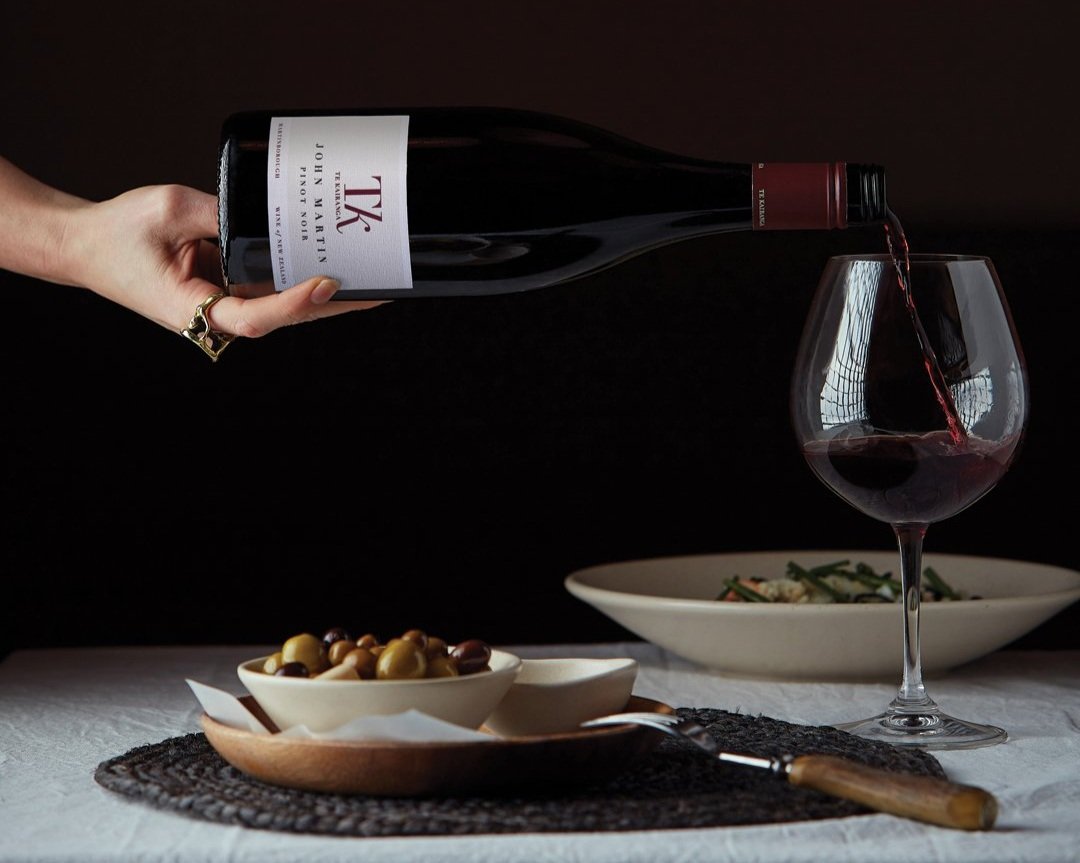
In general manners, when drinking wine during a meal, one should not pour their own wine or ask for wine directly from others but rather wait until the server pours it for them. Instead, the server should promptly refill a guest's glass when it is empty. Even if it is not a restaurant, if you are invited to a meal by French friends, you should not fill your own glass or leave someone else's glass empty. While toasting, French people usually say “Tchin-tchin” and should look in the eyes but not cross arms with others while toasting.
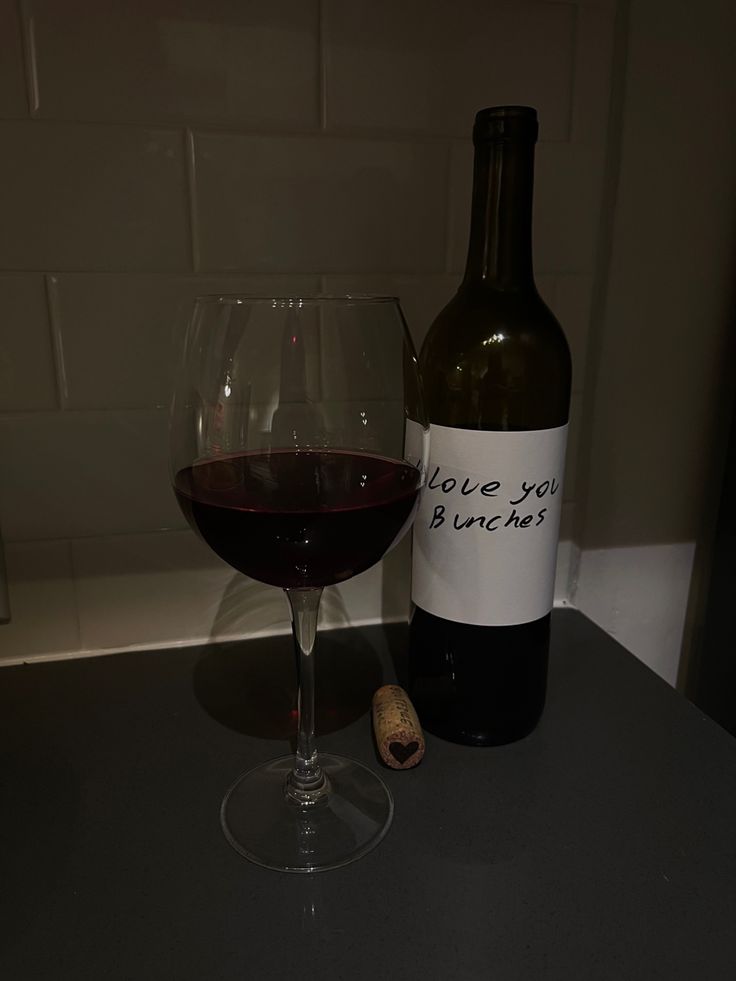
Affordable and easily findable everywhere, wine is the alcohol for ordinary people in France. At any supermarket in France, you can buy wine at cheap prices. Therefore, wine is a comforting beverage for the French, whether they are happy or sad.
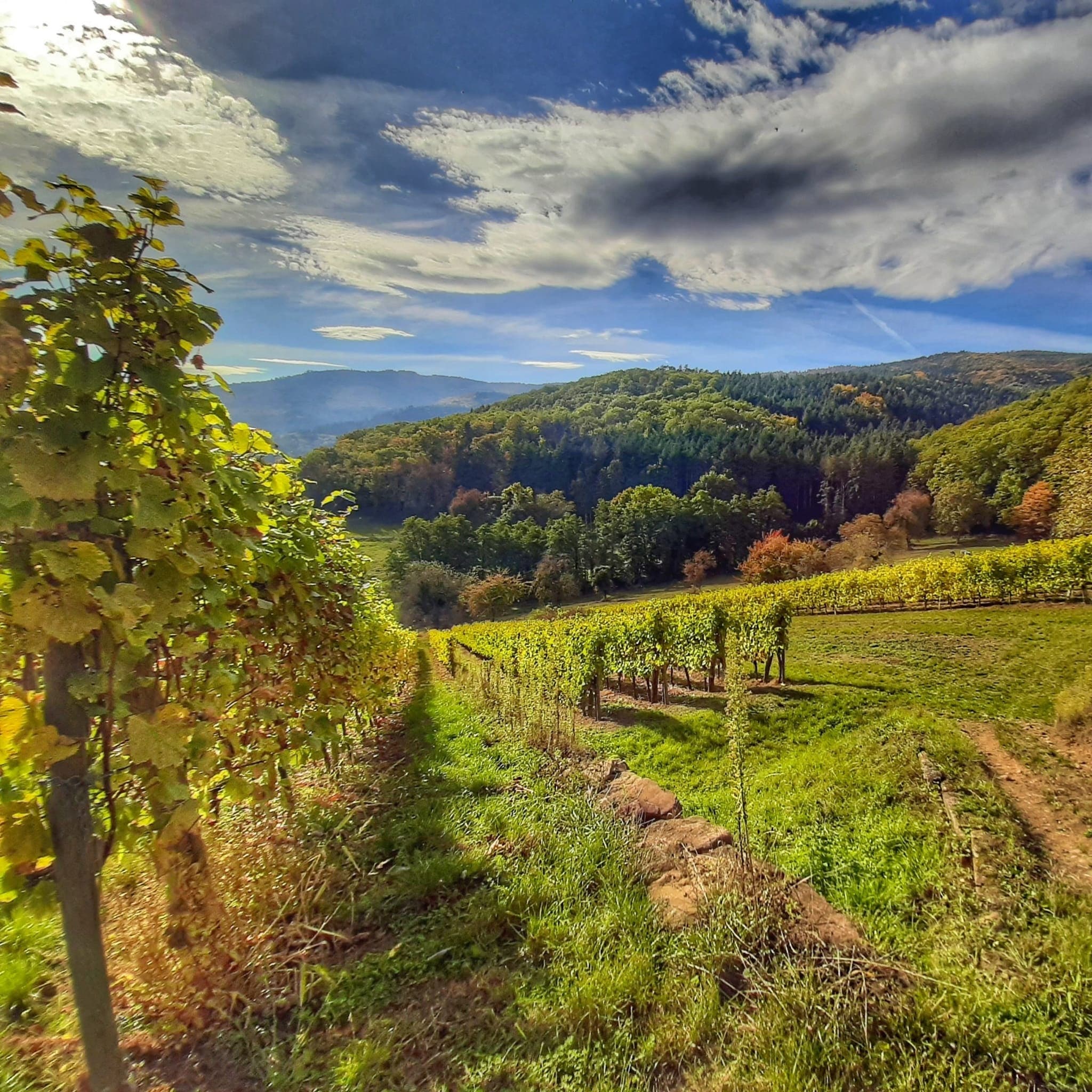
French wines are all linked with a specific terroir. “Terroir” means a group of vineyards, belonging to a specific appellation, including factors such as the soil, terrain, tradition, and climate. Terroir encompasses all of the factors that go into producing wine grapes in a vineyard. In France, there are more than 100 French wine terroirs, including Alsace, Bordeaux, Burgundy, Provence, etc. Alsace produces excellent dry and sweet white wines, and Bordeaux counts for one-third of the good quality French wine (AOC, crus bourgeois, crus classés).
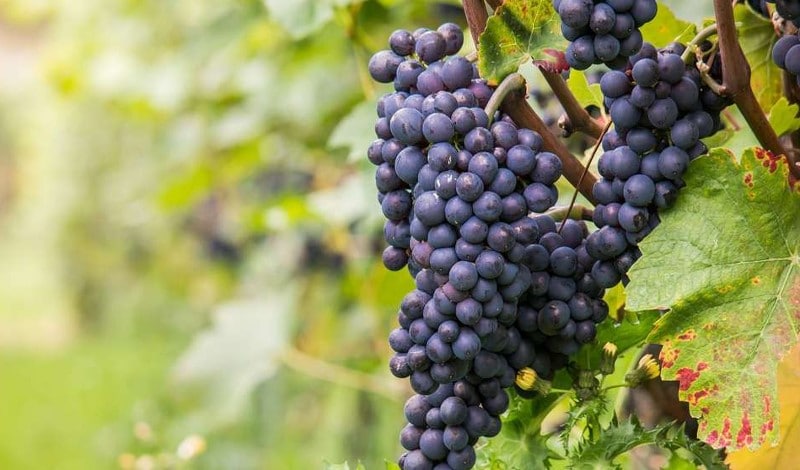
And it is better to know what the words ‘appellations’ and ‘cépages’ mean to understand French wines. Appellation means a legally determined and protected wine region. So, you may have seen ’AOP’ written on the bottle of French wine, which refers to Appellation d'origine contrôlée, meaning a certification granted to certain French agricultural products. For examples, Champagne, Bordeaux, Burgundy, Beaujolais, etc. Cépages mean the grapes used in the wine. For examples, merlot, grenache noir, cabernet sauvignon, pinot noir, carignan, and so on.
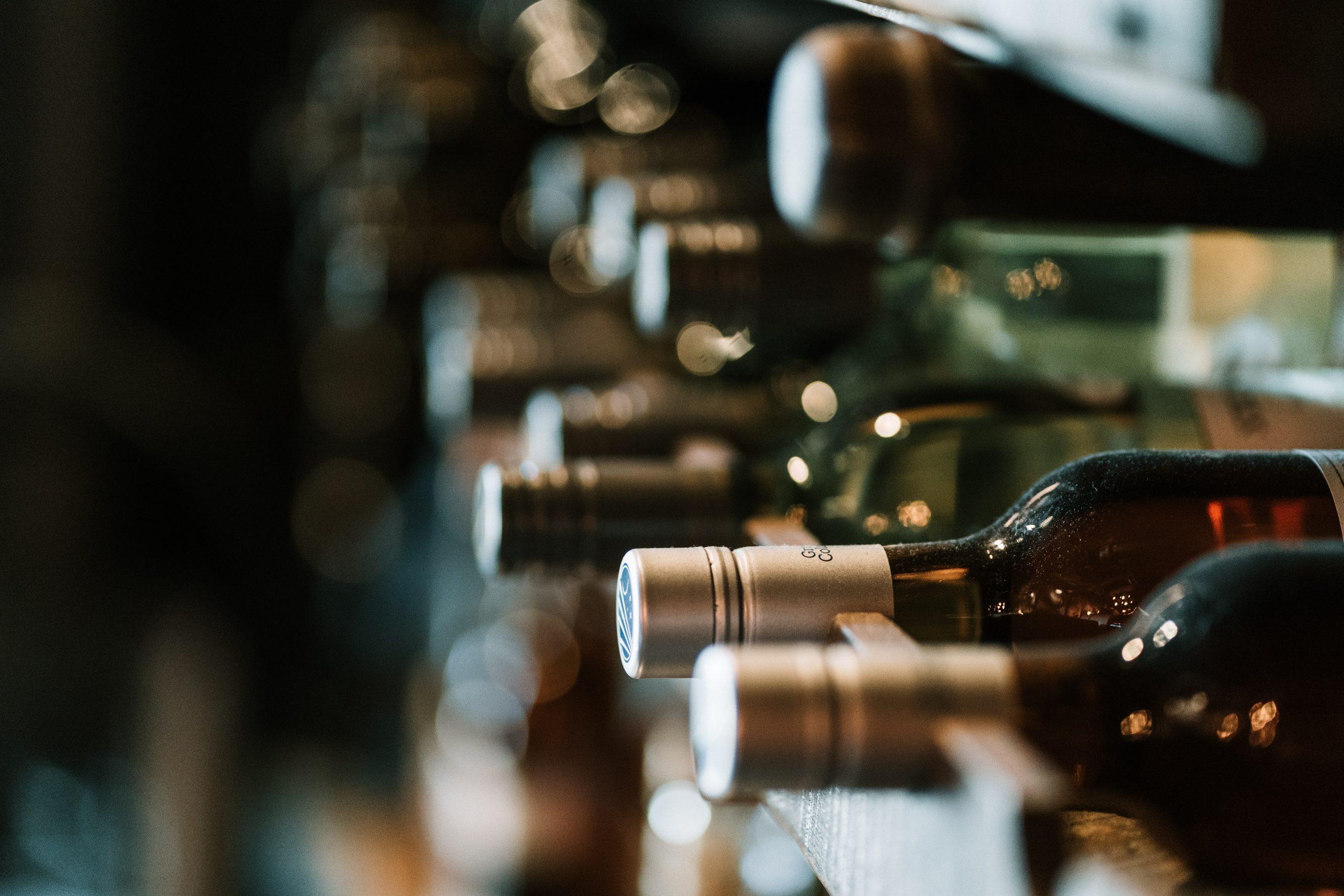
French wine is also globally renowned. The wine industry in France is a significant national industry, generating a substantial number of jobs and having a great economic impact. It, directly and indirectly, creates around 500,000 jobs in the wine industry, making it the second-largest contributor to the French economy after the aerospace industry. It surpasses the cosmetics industry of France. In other words, wine is really important for the French. Let's find out more about wine tasting.
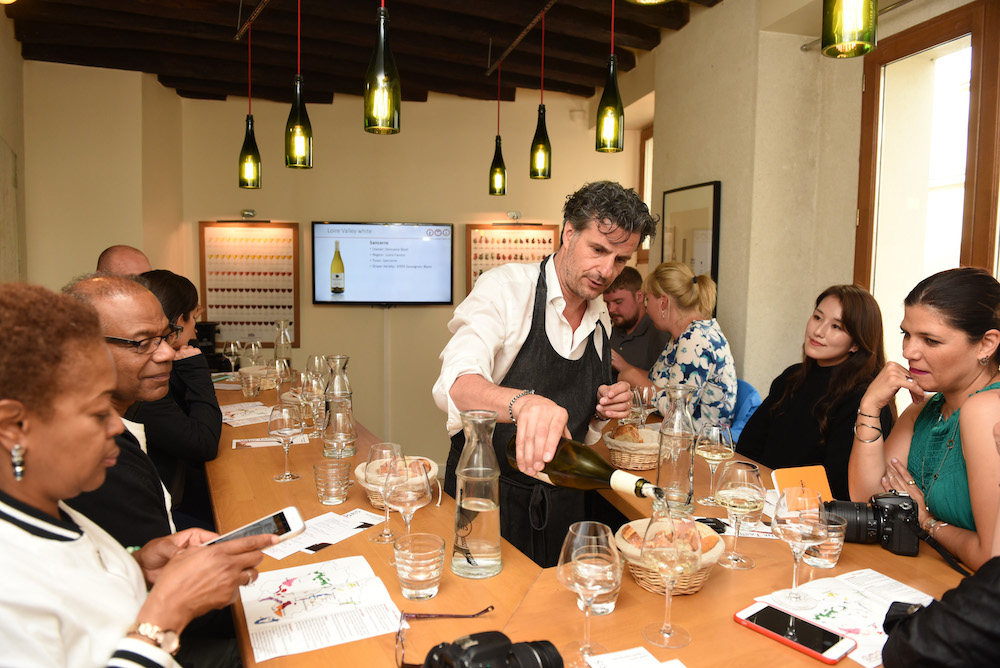
In France, the country of wine, it is easier to taste high-quality wines and attend sophisticated tasting classes. You can take wine courses from professional sommeliers, sample wines, and learn how to discern and appreciate wines from different regions of France.
If you want to describe the taste of the wine you had last night to your friends but can't remember the taste clearly or how to articulate it, knowing wine-tasting methods can be very helpful. Wine tasting is a process that helps you identify the characteristics of a particular wine when tasting it. It involves analyzing the wine visually, through smell, and taste, and expressing your observations clearly in words. Once you learn this process, you can assess whether the wine is well-balanced and suits your preferences based on the results of your wine-tasting experience.
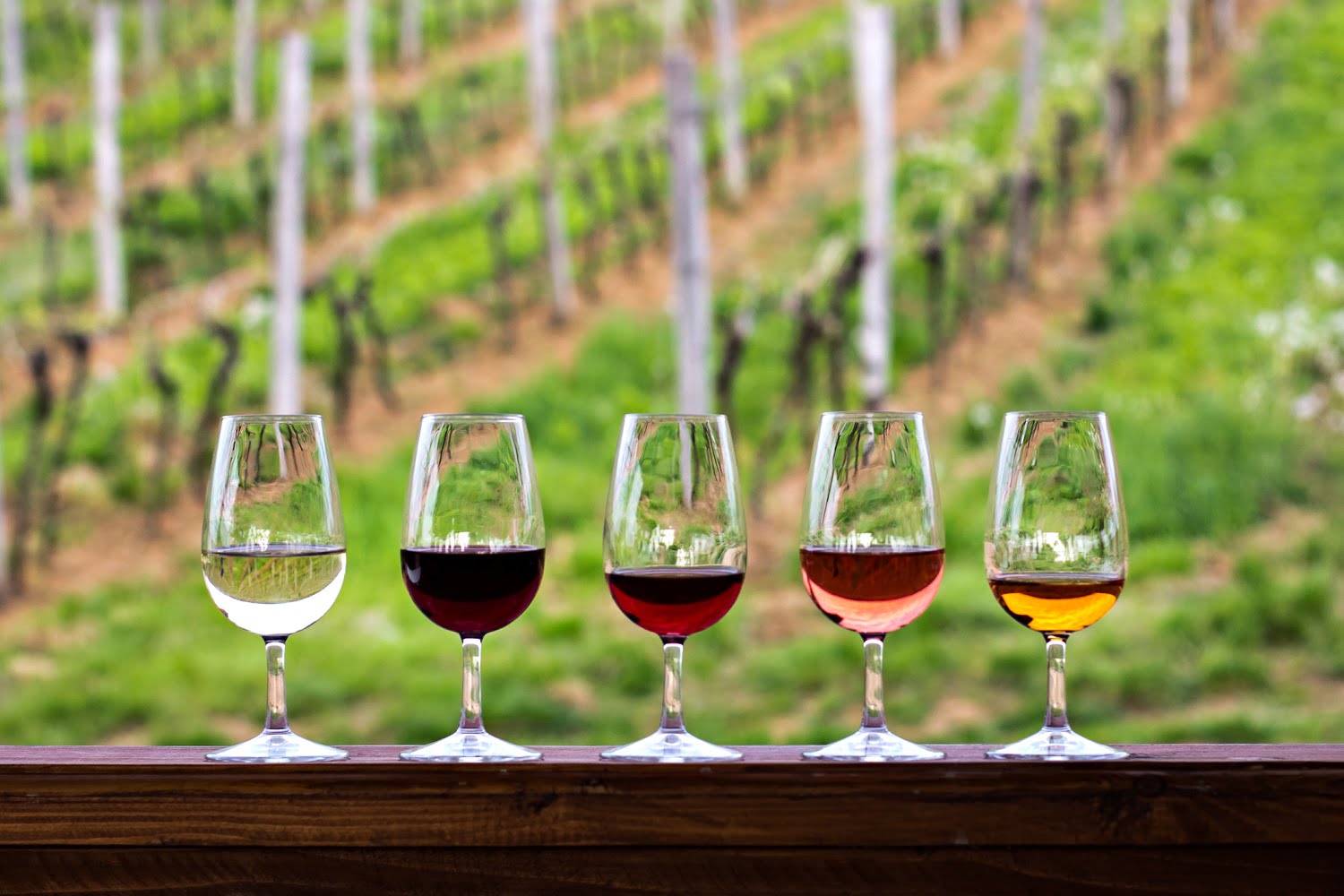
There are three essential elements of wine tasting: color, aroma, and taste. If you remember these three and understand the terminology, it will be sufficient to present the wine you had last night in a very impressive way.
First, pour the wine into the glass, filling it less than halfway. And hold the stem of the glass and look at the color of the wine reflected in the bowl. The first thing to check is whether the wine is clear or turbid. If the wine is turbid, it means it is old or not stored properly.
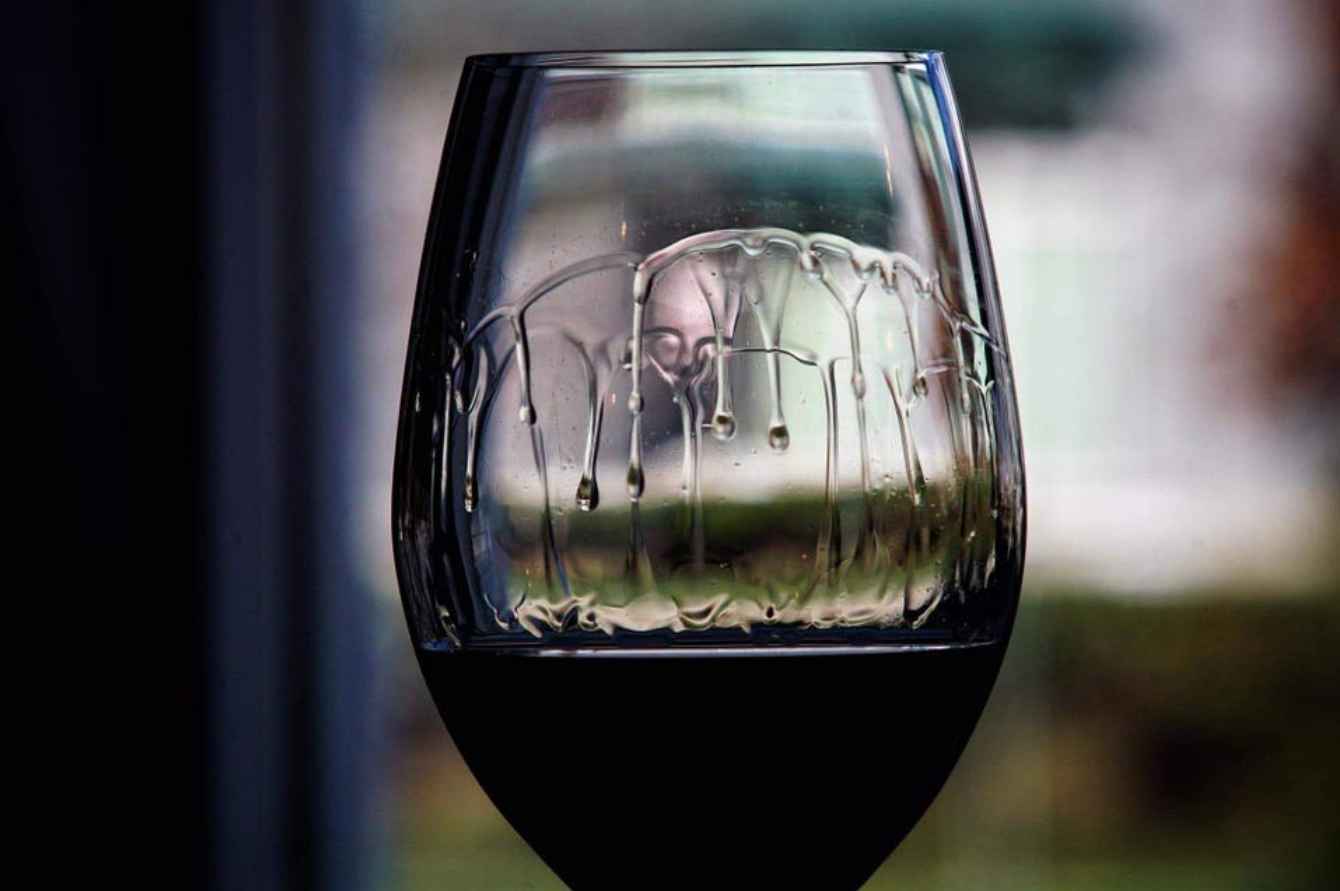
Then, swirl the wine in the glass. The phenomenon of wine flowing down the curves of the glass is called "tears" or "legs," and this phenomenon is called the Gibbs-Marangoni effect. The more tears there are, the higher the alcohol content in the wine.

When you swirl the wine in the glass, it contacts with the air, enhancing the release of its aromas. Before swirling, try to smell of the aroma from the wine, and then smell it again after swirling. The aromas can be described as fruity, herbal, oaky, or earthy.
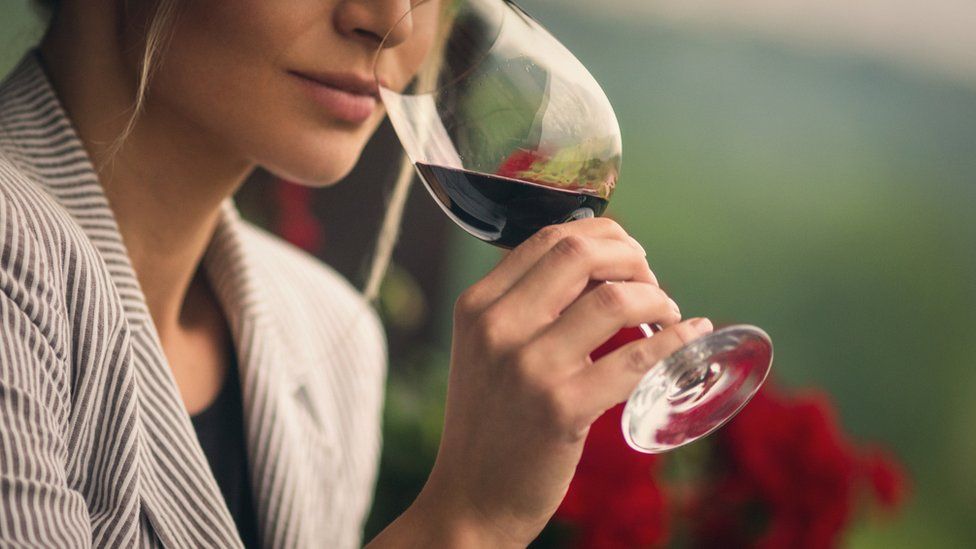
You have smelled the aroma, now let's taste it. Take a sip of the wine and let it linger in your mouth to fully appreciate the taste. The taste is typically described as sweet, tannin(dry), acidic, and the overall body(intensity) of the wine. The sweetness in wine comes from residual sugar(RS) left over from the fermentation process. Wines with less sweetness tend to have a higher level of acidity. The body refers to the richness perceived in the mouth and can be categorized as light, medium, or full-bodied. The body depends on the alcohol content, with higher alcohol levels providing more viscosity and richness.
The better the wine, the longer the lingering scent remains. The lingering aftertaste in the mouth is referred to as ‘Finish,’ and the longer the finish, the more it is recognized as an excellent wine. This lingering sensation is unique to wine and cannot be experienced with other beverages, making it one of the best moments of wine tasting.
Now you know how to describe the taste of wine, then you can find your favorite wine in France.
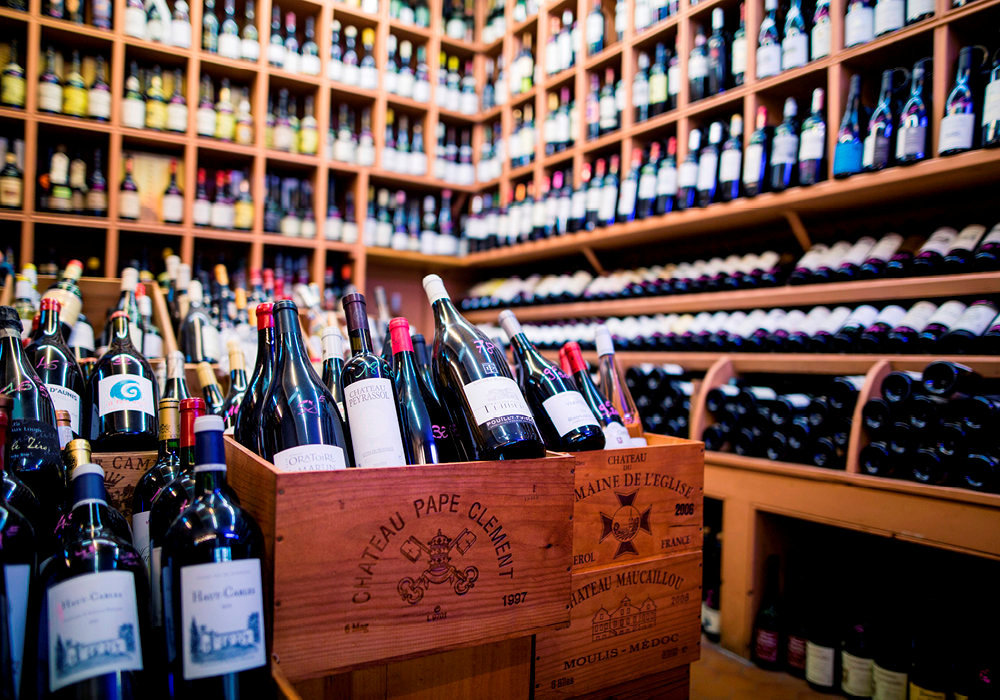
I recommend you visit specialized shops called "Caviste", where French people usually buy wine with advice from experts. They will help you to find the perfect wine for you. You can also buy it in supermarkets. In any supermarket in France, there are a lot of selections of wine. French people usually spent from 5 to 15 euros on average for a bottle. In restaurants, you can order a whole bottle but also just a glass. If you are alone or two, ordering by each glass can be good so that you don’t have to waste it and can try two different ones. It will be from 4/5 euros per glass. But if you are more than 3, it is recommended to have a whole bottle, which normally starts from 15 euros for one.
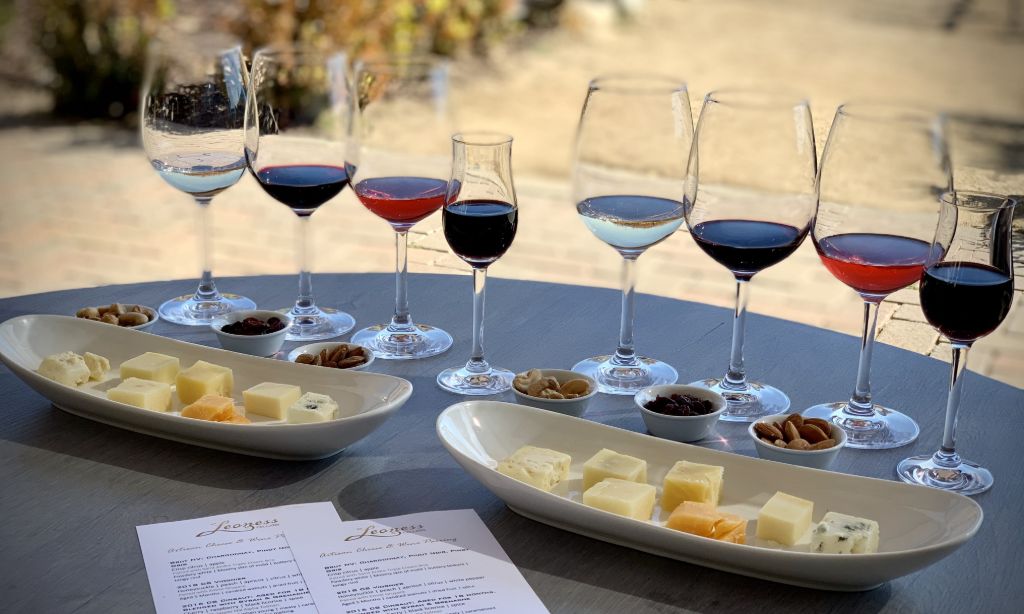
All wine has food that particularly goes well with it. Let's find out about "Accord mets et vin," which means so-called Wine Paring, to enjoy your meal with a specific wine pairing best with it. If you know about wine pairing, it can be one of the ways to enjoy your meal more perfectly. The perfect pairing of wine and food enhances the taste of the dish. Even those who don't know much about this may have heard that red wine usually goes well with meat and white wine goes well with seafood dishes. Besides these, I will introduce more wine pairing that perfectly match each food.
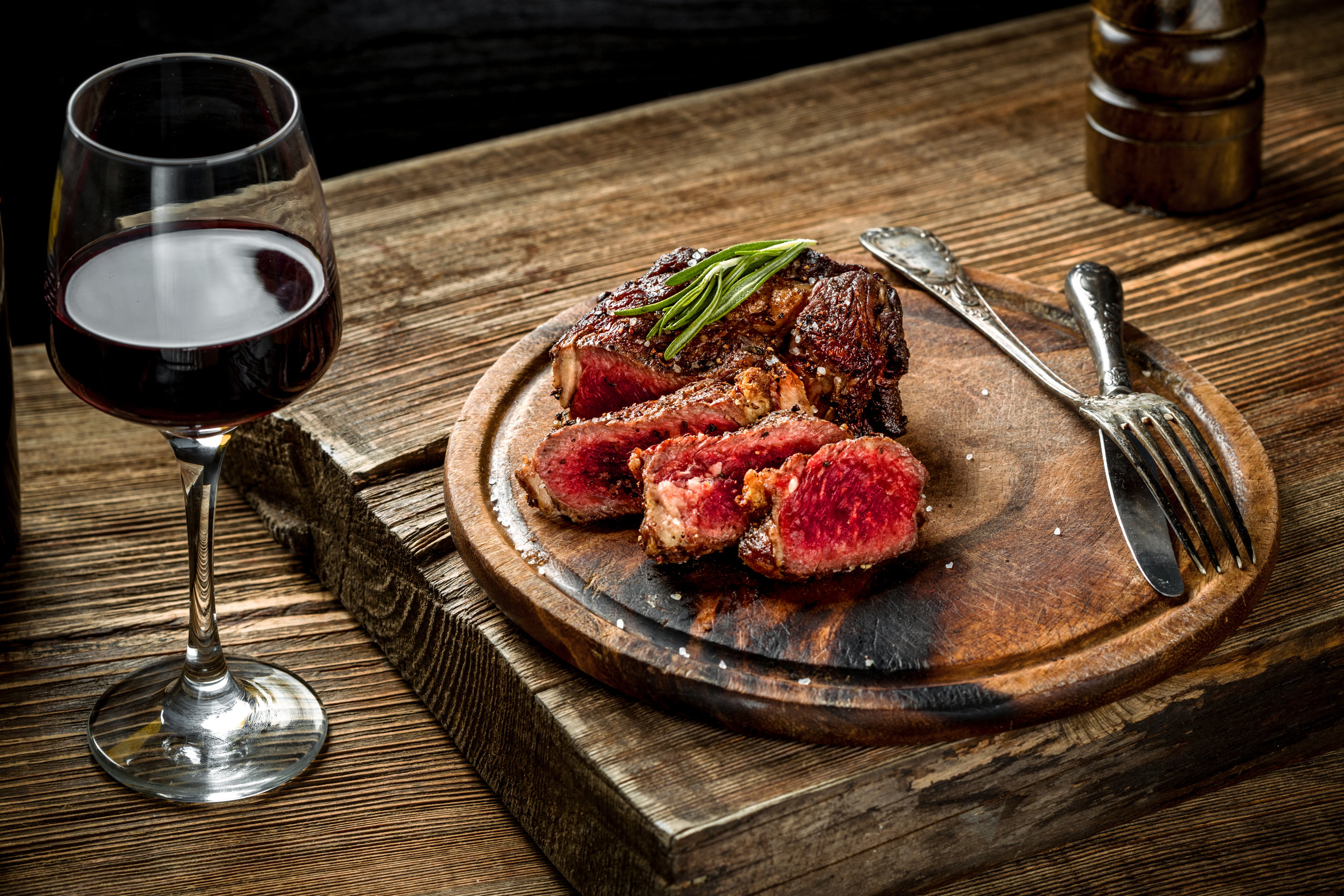
Firstly, red wines pair best with bold-flavored meats like red meat, and steak. Since beef is fatty and red wine is astringent, they make a good balance each other by reducing the opposing sensation and ultimately. The best red wines with steak are Cabernet Sauvignon, Zinfandel, and Malbec.
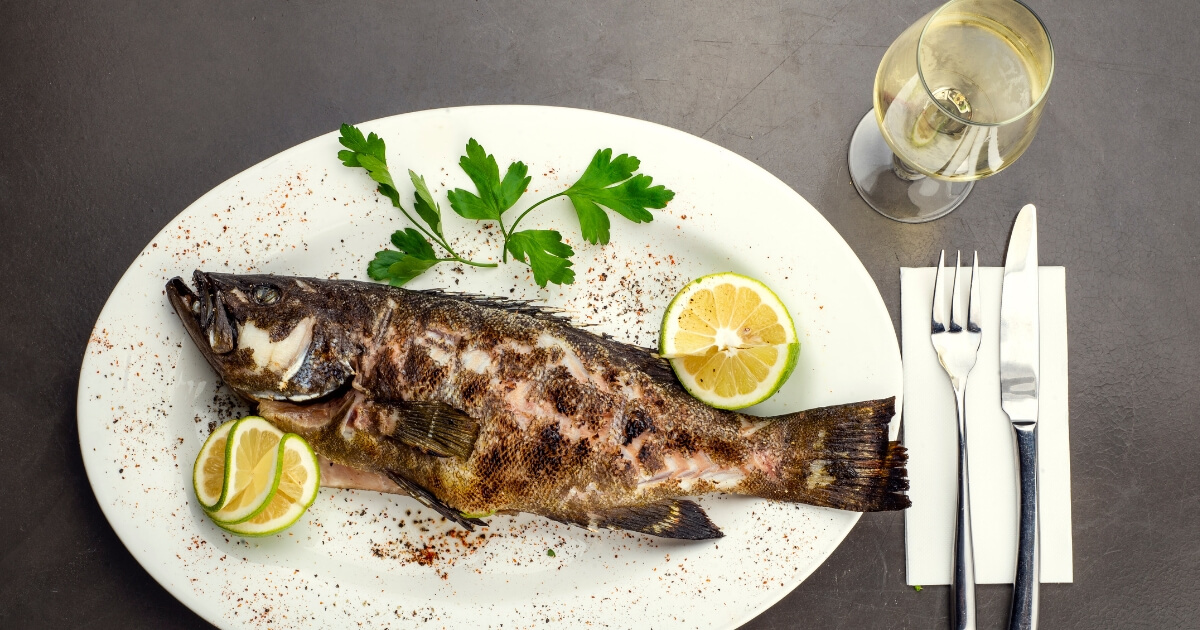
White wines like Pinot Gris or Sauvignon Blanc pair well with light and delicate white fish such as sole or cod. On the other hand, oily fish such as tuna or salmon pairs best with full-bodied white wines like Chardonnay. Chardonnay also pairs with light-intensity meats like delicate chicken or pork. Oaked Chardonnay’s buttery taste can add more richness to those dishes, whereas zesty unoaked chardonnay can make the meal light and refreshing.
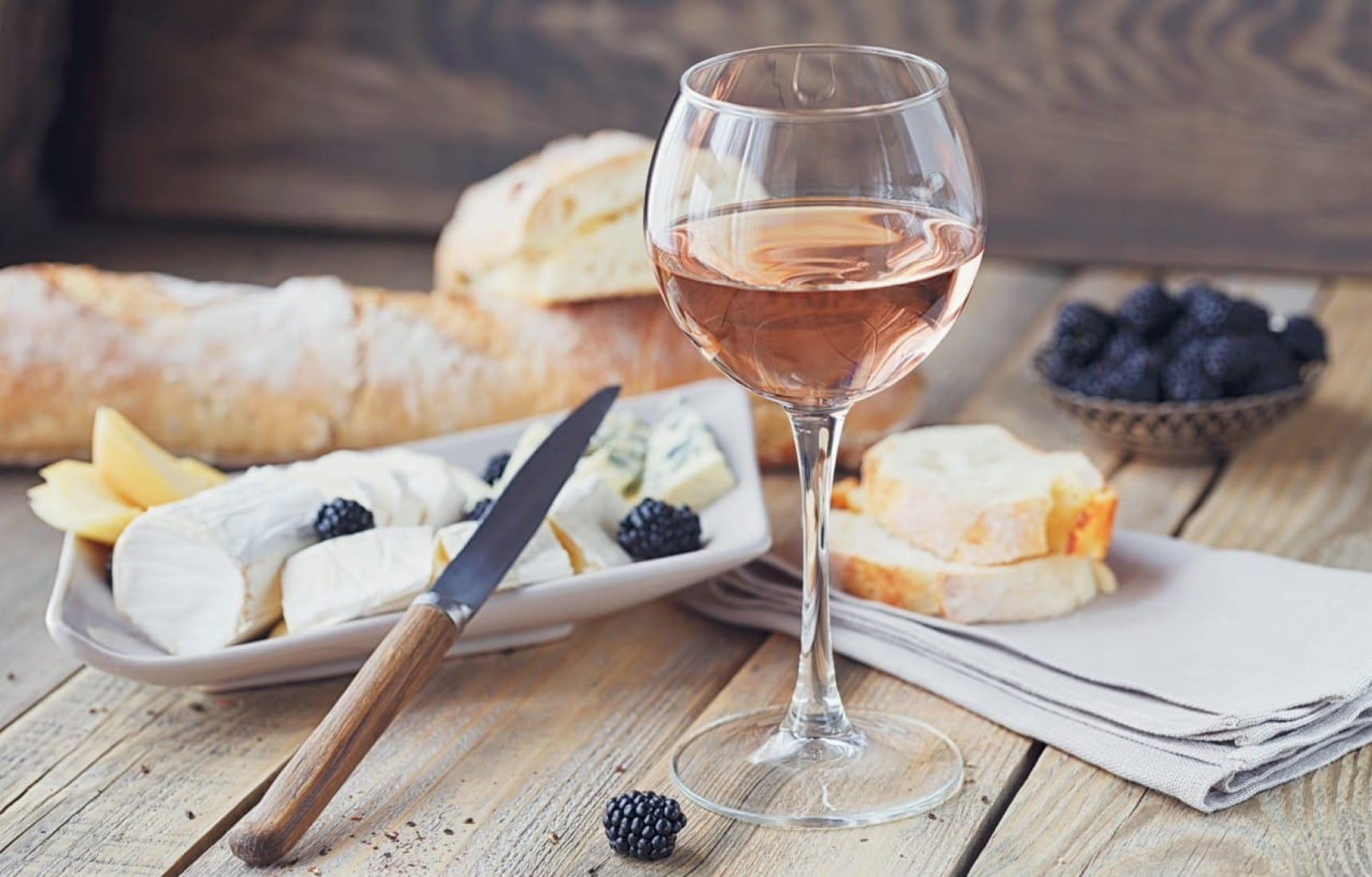
Besides, Sangiovese pairs well with tomato-based dishes such as pizza and pasta. Burgundy pairs best with earthy dishes like food using a lot of vegetables or herbs. Its elegant flavor brings out the richness in foods like mushrooms, squash, basil, apples, and bell peppers. Rosé pairs with cheesy dishes.
So far, we have explored French drinking culture and wine tasting. France is a country that loves and enjoys alcohol. If you visit France, refer to the above information and enjoy wine like the French. Once you discover the mysteriously great flavors that change with each taste, you will be into even more by the world of wine !
Words : Yewon